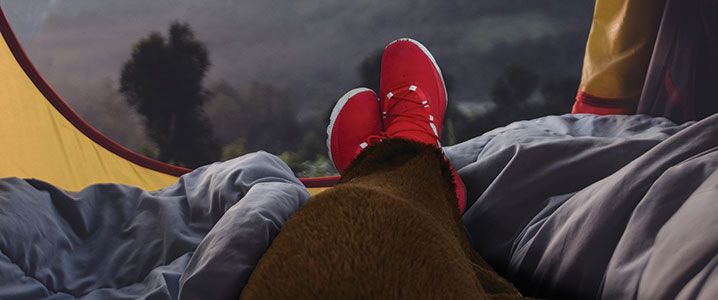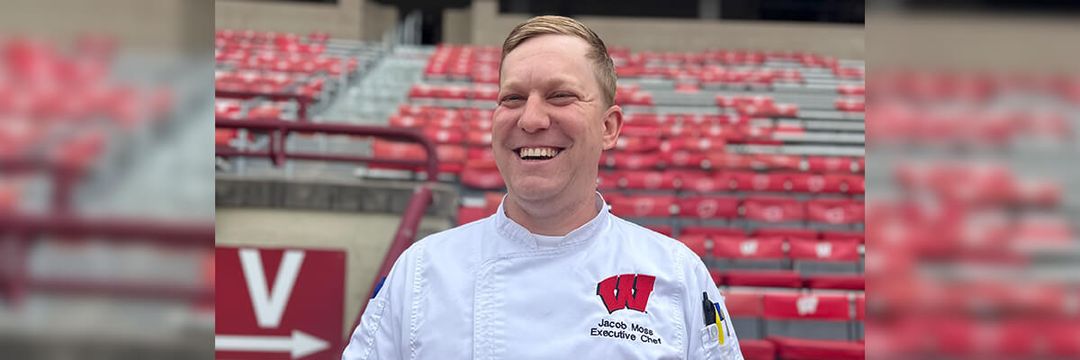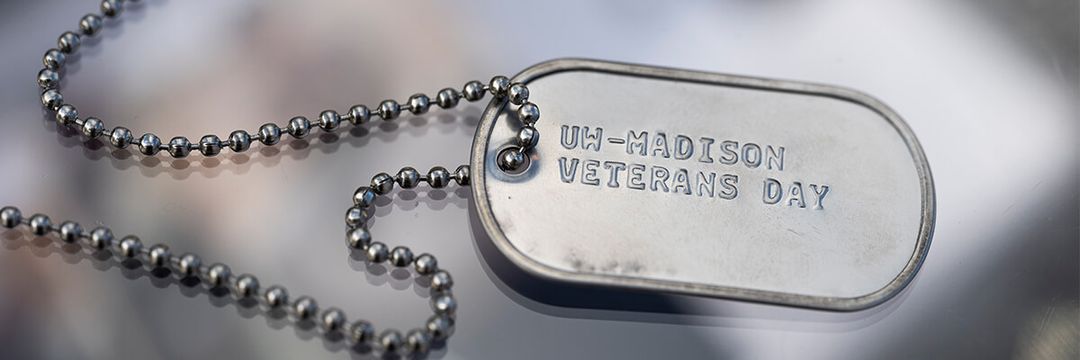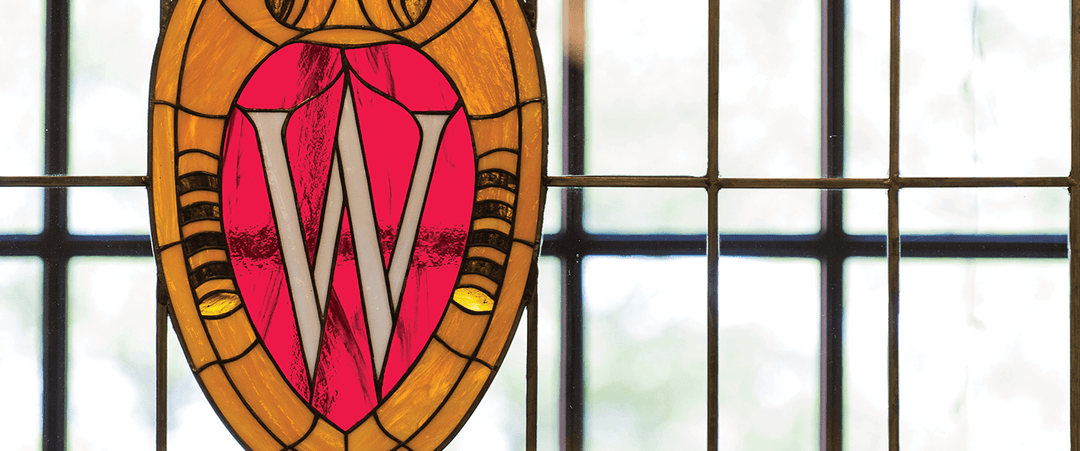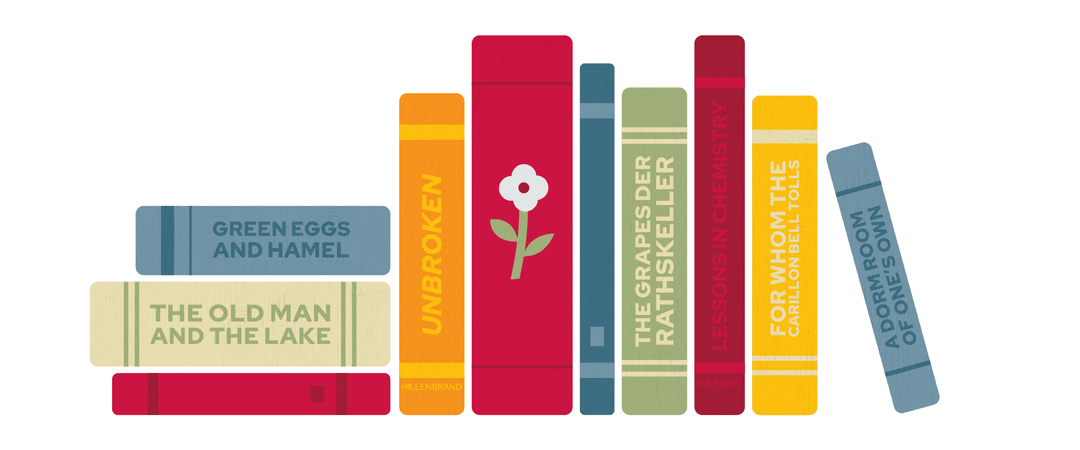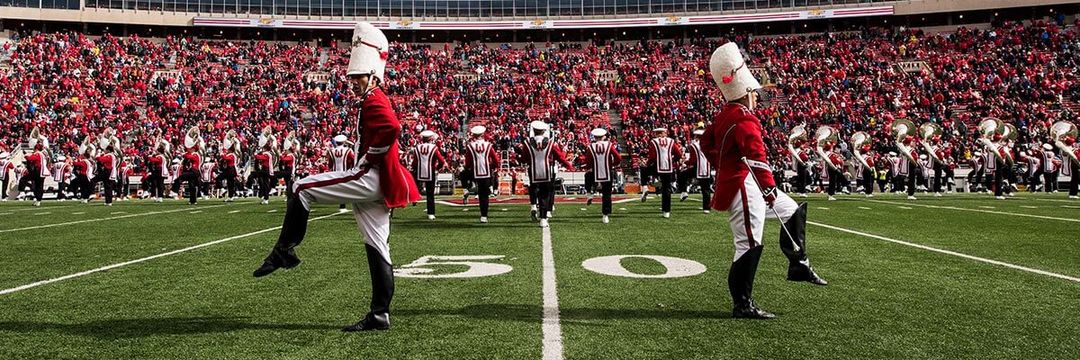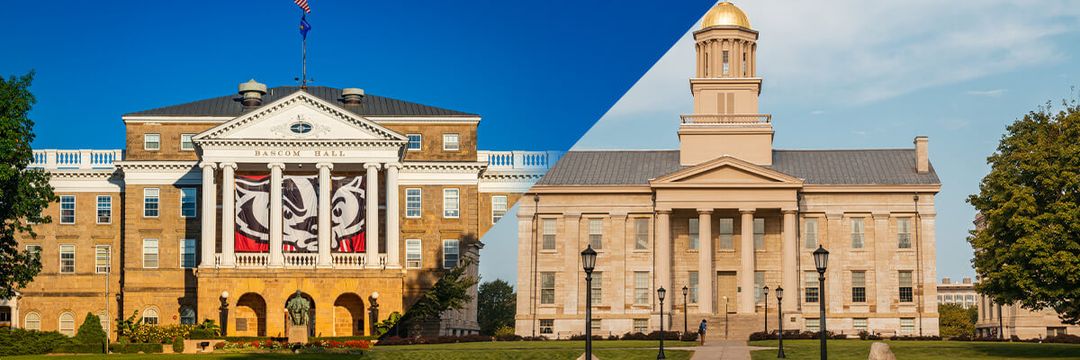Have Bucky, Will Travel
By Badger Insider Readers
In my day, even with good grades and academic awards, it was not easy to be accepted to many eastern schools. Overt prejudice was rampant. Some midwestern schools such as the UW were exception. By luck, my much, much older brother (18-plus years) returned from the military and gave the advice to apply to the UW. And many, many good things happened thereafter.
Alfred Meyers ’53
Milwaukee, WI
After graduating from Horlick High School in Racine in1945 I spent two semesters at Tulane University in New Orleans on an athletic scholarship. And then 18 months in the Army with the Occupation Forces in Germany before enrolling at Madison. The GI Bill provided help with books and tuition, but the total cost of college required a bit of travel during spring break and between semesters. And always to the same place … the Racine County Employment Office for a good paying job at a factory or lumber yard or the Horlick Malted Milk Company.
Jim Bie ’50
Palm Desert, California
Travel while in college? Seriously?
Marilyn Grabin Putz ’54, ’54
Highland Park, Illinois
At the end of my junior year (June 1958), my travels took me all the way to the Northwoods of Wisconsin for a summer job, working at the university’s civil engineers camp on the edge of Taylor Lake, near Cable, Wisconsin. While the campers were there to fulfill educational requirements, six of us young women staffed the kitchen, ordering groceries and preparing and serving 21 meals each week. During two six-week terms, we met and fed and socialized with about a hundred engineering students — all men, with a single exception. The enrolled campers were there for academic pursuits, but every one of us found the summer filled with learning experiences — from how to ward off mosquitoes and ticks to learning to polka at the Triangle Inn on a Saturday night, and from making a ride to the dump on the back of the camp truck become a highlight of the week to creating late-night parties at nearby lakes out of a bag of marshmallows, a couple of watermelons and a bucket of 15-cent beers from the camp commissary. And, yes, I learned a lot about cooking, too, especially quantity cooking.
Where else could you scream at the top of your lungs, but not be heard, as hail pelted onto the metal roof of the dining hall? Where else might you find yourself with all of 20 minutes to run all your town errands on a Friday night, after the kitchen was cleaned up and before all the stores in town closed? Where else might the car you’re in be the only one left in the drive-in for the second showing of an old Disney movie? Where else might you watch deer frolic in the meadow behind the commissary during a long summer twilight?
We worked hard and fast getting meals together and served on time. Most evenings we simply collapsed as soon as the campers and faculty left the dining hall. That’s when we served ourselves, ate at lightning speed, then consumed pot after pot of coffee, while we traded stories, made plans, cracked jokes, and reluctantly got ready for the clean-up and made preparations for the next day. “Oh, Taylor Lake, oh, Taylor Lake ...” So many fond memories!
Sandra Knutson Kroll ’59
Long Beach, California
As an undergraduate physics major I took an interest in studying the sun. A summer appointment to the High Altitude Observatory in Boulder, Colorado reinforced that interest Professor Julian Mack in the Physics Department was an expert in FPI and I suggested that we use the FPI to make measurements of the coronal green line emission from highly ionized iron (FeXIV) to more accurately measure the coronal temperature from the emission line broadening. With Dr. Joseph Hirschberg an associate of Prof. Mack we assembled equipment to take to a hilltop in Mellen, Wisconsin for the June 30 1954 eclipse. We borrowed a mortuary dolly that was especially useful to move the slate tabletop and other equipment up the hill. A tent was set up for the equipment and our shelter. Two small boys showed up to see what we were doing, and we hired them to keep the black flies – in season in June – off our backs. Although we did succeed in getting light into FPI but briefly, we did not get the measurements we wanted.
The next total solar eclipse was October 12, 1958 and Professor Mack suggested we write a proposal for support to go to the South Pacific for observations. The proposal was sent to NSF, the new agency for providing eclipse support. We received funding and had to hurry to meet the sailing schedule of the Navy ship to take us from San Diego to the island of Puka-puka part of the Cook Island group several hundred miles south of Hawaii. Crossing the equator on a Navy ship caused us pollywogs to pass the King Neptune ceremony and become shellbacks. Arriving at the three-island group enclosing a lagoon we had Seabee help to build the hut and base for our equipment. A custom of the Pukapukans was to relate a visitor to a native so I became known as “Takio’s friend”. Takio and his wife invited me one night for dinner and welcomed me into their house, which was small but secure from wind and rain. The meal included native fish, poi from the taro plant root and canned sardines. The sardines were an extravagance that I would have foregone, since it must have represented a large fraction of their annual income that was about $10 per year from selling copra. I thanked them profusely, and before leaving the island I made sure that clothing, shoes and tools were left for Takio and his family. Clouds prevented observations of the eclipse.
The next year, October 2, 1959 presented another opportunity with Air Force support on the island of Fuerta Ventura, Canary Islands. I flew to the Gran Canarias Island but had to get to Fuerta Ventura. Without knowing much Spanish I went down to the docks and found a small boat whose captain said he was going the Fuerte Ventura. He had no cabin for me, so I ended up sleeping on deck. In the morning, we arrived in Puerto del Rosario on Fuerta Ventura and I found a hotel but the electricity in the town shut down at 9:30 pm so I ate dinner by candlelight. The next morning, I began my journey to the eclipse site. I hired a car and driver and we navigated a long, bumpy road before finally arriving at the Air Force site, where a temporary building for living, sleeping and eating had already been constructed. A second building had been constructed to house our equipment. I went with Air Force personnel in their jeep to the pond to collect water. But the pond was coated with scum, so I decided that I would not drink water from it. Fortunately, there was an alternative: the nearby island of Lanzarote produced a very light wine, and the Air Force stocked it in five-gallon glass jars. So, I would drink the wine and even brush my teeth with it. Clouds prevented good observations but we obtained weak green line FPI fringes on our photographic plates.
Although the scientific results were not obtained as desired I was able to overcome difficulties of language and the weather and gain from the support of Prof. Mack, managing the development of instrumentation, seeking funding, and bringing the tools and equipment needed in the remote locations for these total solar eclipse observations.
Additional Information
Beyond these research undertakings at U.W I initiated solar eclipse studies as a staff member at the Los Alamos National Laboratory where cryogenic engineering and low temperature physics were my main tasks. The eclipse studies led to the use of aircraft and several publications of excellent results revealing for the first time temperature increases in the corona at further distances from the surface and to continuing questions about the source of the energy to drive these multi-million degree temperatures. To study the possibility that the newly (1960s) discovered five-minute period oscillation on the solar surface (photosphere), I proposed in 1972 using the Concorde (before commercial flight was approved) to lengthen the time in totality. At the June 30, 1973 eclipse we did observe the green line response to the five-minute oscillations during the 74 minutes of totality. And now retired but an Adjunct Professor at Clemson University I recently found an unusual brief transient in green line brightness near an active solar region during the August 21, 2017 eclipse.
Blogs of the 27 total solar eclipses I have observed and studied may be found at Clemson.edu and searching for Liebenberg blogs.
Donald Liebenberg ’54, MS’56, PhD’71
Salem, South Carolina
